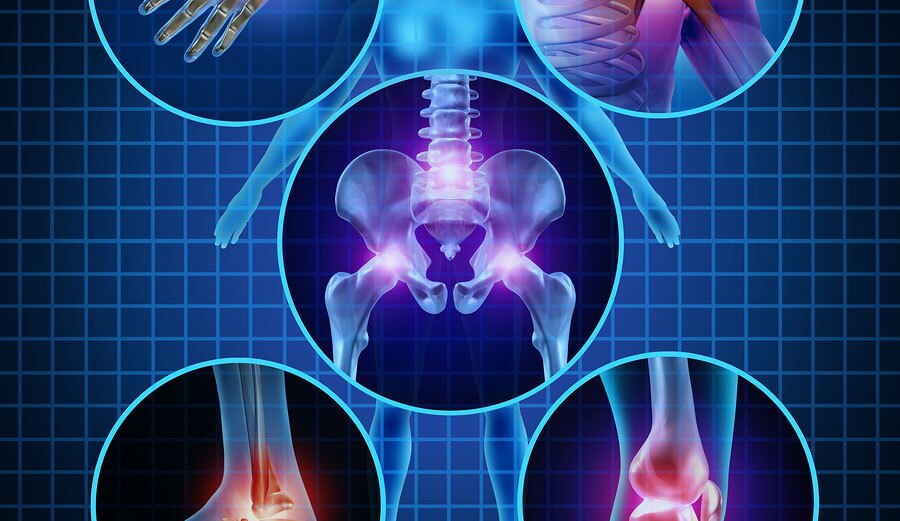Marijuana has been used for medicinal purposes because it contains over 140 + chemical compounds, known as cannabinoids, that interact with the body’s endocannabinoid system to produce various effects. Medical marijuana treats various ailments, such as nausea and vomiting, muscle spasms, seizures, and mental health-related issues. Beyond these conditions, marijuana is also used for pain management.
Chronic pain is one of the most common reasons people use medical marijuana. Cannabis is highly studied as an analgesic. Various conditions, such as arthritis, cancer, fibromyalgia, multiple sclerosis, and neuropathy, can cause it. Marijuana effectively reduces pain, inflammation, and muscle spasms and improves sleep in people with chronic pain. However, this goes deeper than most realize, so we will guide you in this article.
The Basics of Using Marijuana for Pain Management
Many people prefer using marijuana as an alternative to prescription pain medications such as opioids, which can be addictive/habit forming and have serious side effects which can lead to gut issues. Marijuana is generally considered safe and non-addictive, although it can cause side effects such as dry mouth, dizziness, and increased heart rate.
Before using marijuana for pain management, you must check the marijuana laws in your state. Many states require a doctor’s recommendation before a patient can use medical marijuana. You may also need to apply for a medical marijuana card, which you can get from your state’s health department.
Considerations When Taking Marijuana for Pain Management
While consuming marijuana is straightforward, there are certain considerations before taking it for pain management. These include:
Lifestyle
Your lifestyle can affect how marijuana affects you. If you are active, you may prefer using marijuana during the day to help with pain and inflammation. If you have a more sedentary lifestyle, you can use marijuana at night to help you sleep. Remember, cannabis is not a one size fits all type of medicine. What works for one, may not be the correct dosing for you.
Meal Timing
The time you eat is relative to cannabis consumption because cannabis can affect your appetite and metabolism. If you consume cannabis before eating, it may increase your appetite and make you more likely to overeat. On the other hand, if you consume cannabis after eating, it may slow down your metabolism and make you feel more relaxed.
Cannabis Consumption Method
The method and different ways of consuming cannabis can affect how it affects you. Smoking or vaping cannabis can produce a quick onset of effects, whereas edibles and tinctures can take longer but produce longer-lasting effects.
Frequency of Cannabis Usage
The frequency of cannabis usage can affect how it affects you. If you are a regular user, you may develop a tolerance to the effects of cannabis, meaning you may need to consume more to achieve the same level of effects. Conversely, occasional users may be more sensitive to the effects of cannabis and may experience stronger effects from smaller doses.
Body Chemistry
Age, weight, and metabolism can all influence how quickly and strongly cannabis affects you. Additionally, certain medical conditions or medications may interact with cannabis, enhancing or diminishing its effects if you take them with the latter.
How Much Should You Take?
When using marijuana for pain management, the rule is to start with a low dosage and gradually increase it until you achieve the desired effects. This can help to reduce the risk of side effects., For edibles and tinctures, a dose of 1 mg to 2.5 mg THC is recommended for beginners because these products can take longer and produce longer-lasting effects. However, it’s worth noting that this number can go up to 5 mg THC, depending on how much you consume.
Inhaling Cannabis
Inhaling cannabis for pain management is an option, but it’s a special case because it is recommended that you choose a strain with a balanced cannabinoid profile with a 1:1 ratio of THC to CBD. This may help to reduce the risk of side effects such as anxiety and paranoia. Additionally, if smoking you should start with a single dose/inhalation and wait at least 15 minutes before deciding if you need another. This can help to reduce the risk of overconsumption and side effects.
Other Important Things to Remember
To ensure maximum effectiveness, you should consult a professional healthcare provider who has experience with medical cannabis. They can help you determine if cannabis is safe and effective for your specific condition and guide dosage and administration.
Of course, you should always purchase cannabis products from a licensed and reputable dispensary to ensure quality and safety. Do not purchase products from unverified sources, as they may be contaminated or contain harmful additives.
Conclusion
With all its benefits, marijuana is an excellent option for pain management. For this reason, one should consult with a professional healthcare provider before ingesting this plant, especially if they do not know about cannabis or any medical condition that may interact with it. This way, the pain relief benefits will outweigh any potential risks.
If you are looking for medical marijuana for pain, United Patients Group can help! Our medical professionals will work with you to determine the best medical marijuana-based treatment option for whatever ails you. Book a consultation today!







































Leave a Reply Cancel reply